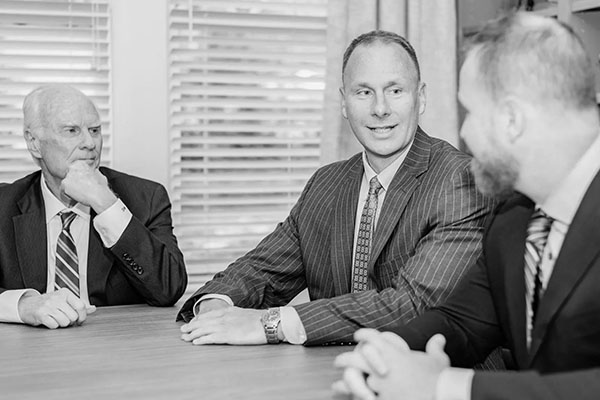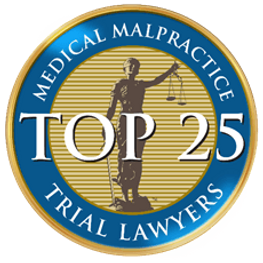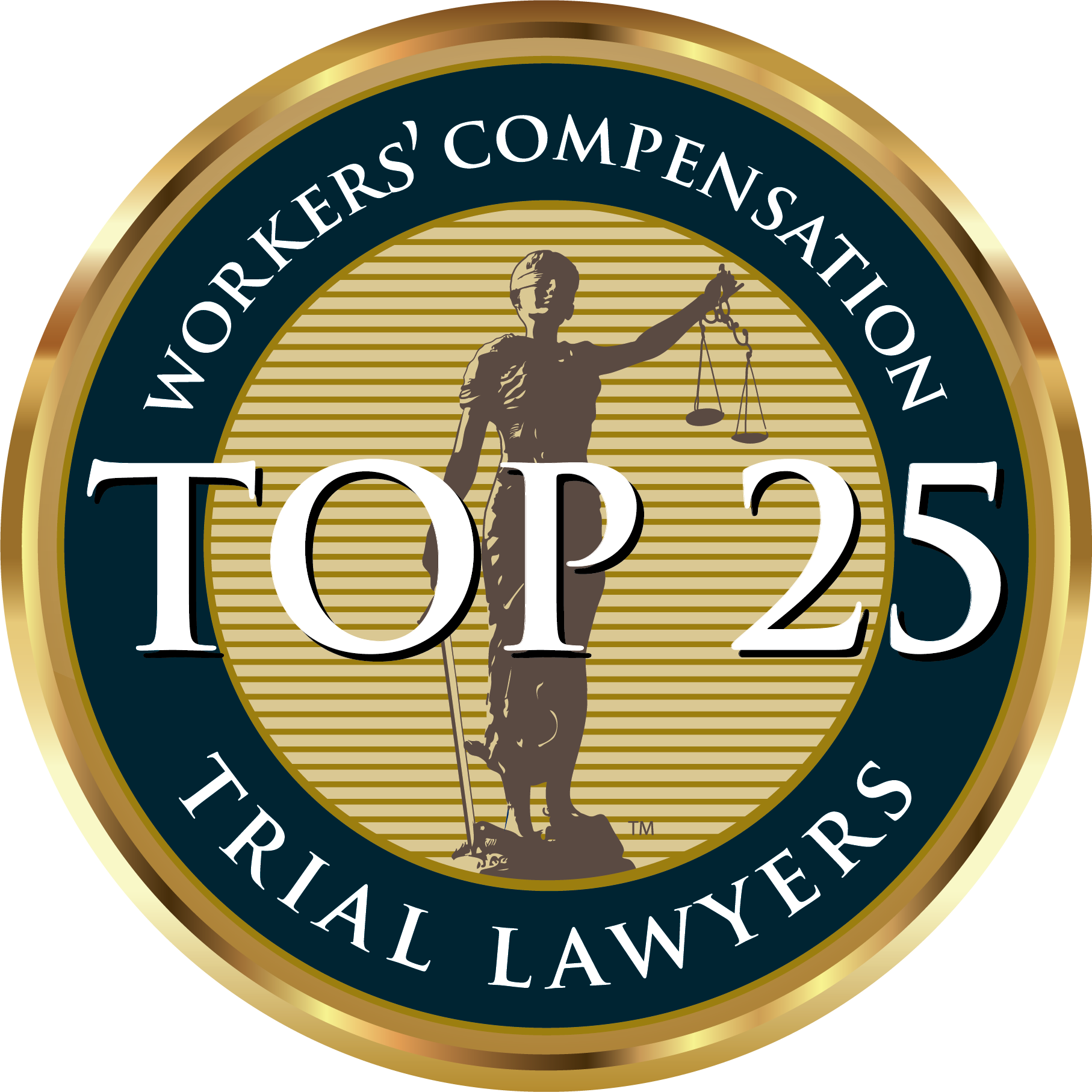When a pedestrian accident occurs, the results can be devastating for the injured party. Determining liability is crucial to securing compensation for medical expenses, lost wages, and other damages. Proving liability in a pedestrian accident case requires a thorough understanding of the laws governing pedestrian and driver conduct, as well as a detailed investigation of the circumstances surrounding the accident. This complex process involves gathering evidence, consulting with witnesses, and often engaging in legal proceedings. At Christian & Christian Law, we understand the intricacies of these cases and are dedicated to helping victims navigate the legal landscape to achieve justice.
Understanding Pedestrian and Driver Duties
To prove liability in a pedestrian accident case, it is essential first to understand the respective duties of pedestrians and drivers. Pedestrians are generally required to obey traffic signals, use crosswalks when available, and exercise reasonable care for their safety. Drivers, on the other hand, are obligated to operate their vehicles safely, yield to pedestrians at crosswalks, and adhere to speed limits and other traffic laws. The failure of either party to fulfill these duties can constitute negligence, which is a key factor in establishing liability.
When a pedestrian is struck by a vehicle, the initial assumption may be that the driver is at fault. However, liability is not always clear-cut. For example, if a pedestrian suddenly darts into traffic outside of a crosswalk, the driver may not be held fully liable. Conversely, if a driver fails to yield the right of way to a pedestrian in a designated crosswalk, the driver is likely to be found at fault. Understanding these nuances is critical in building a solid case.
Gathering and Preserving Evidence
The foundation of any pedestrian accident case lies in the evidence collected. This includes physical evidence from the accident scene, such as skid marks, vehicle damage, and the location of the pedestrian relative to the crosswalk. Photographs and videos of the scene can provide invaluable visual context that supports the claim. Additionally, police reports often contain crucial information about the accident, including witness statements, the officer’s observations, and any citations issued.
Preserving evidence is equally important. In many cases, evidence can deteriorate or disappear over time, making it harder to prove liability. For instance, surveillance footage from nearby businesses or traffic cameras can be overwritten if not promptly secured. Engaging a legal team early in the process ensures that evidence is collected and preserved effectively. At Christian & Christian Law, our attorneys work diligently to gather and safeguard all pertinent evidence to strengthen your case.
Founded in 1975, Christian & Christian has deep roots in the community. 
Only Serving People, Never Companies
The Role of Witness Testimonies
Witness testimonies play a pivotal role in pedestrian accident cases. Eyewitnesses can provide accounts of how the accident occurred, which can corroborate the injured pedestrian’s version of events. Their statements can clarify whether the pedestrian was in a crosswalk, whether traffic signals were obeyed, and whether the driver was speeding or distracted. Witnesses may also offer insights into the behavior of both the pedestrian and the driver before the accident, which can be crucial in determining negligence.
In addition to eyewitnesses, witnesses such as accident reconstruction specialists can be invaluable. These professionals analyze the physical evidence and reconstruct the accident to demonstrate how it occurred. Their findings can provide a scientific basis for establishing liability, which can be particularly persuasive in court. By leveraging witness testimonies and analyses, our team at Christian & Christian Law builds compelling arguments to support our clients’ claims.
Proving Negligence
Negligence is the cornerstone of most personal injury cases, including pedestrian accidents. To prove negligence, four elements must be established: duty of care, breach of duty, causation, and damages.
First, it must be shown that the driver owed a duty of care to the pedestrian. This is typically straightforward, as all drivers have a duty to operate their vehicles safely and to avoid causing harm to others on the road. Second, it must be demonstrated that the driver breached this duty. This could involve actions such as speeding, running a red light, or failing to yield to a pedestrian in a crosswalk.
The third element, causation, requires proving that the driver’s breach of duty directly caused the pedestrian’s injuries. This often involves linking the driver’s actions to the accident and showing that, but for the driver’s negligence, the accident would not have occurred. Finally, it must be shown that the pedestrian suffered actual damages as a result of the accident. These damages can include medical expenses, lost wages, pain and suffering, and other losses.
Navigating Comparative Negligence
In some cases, both the pedestrian and the driver may share some degree of fault. This is where the concept of comparative negligence comes into play. Comparative negligence allocates a percentage of fault to each party involved in the accident, and the compensation awarded is adjusted accordingly. For example, if a pedestrian is found to be 20% at fault for not using a crosswalk, and the driver is 80% at fault for speeding, the pedestrian’s compensation will be reduced by their percentage of fault.
Different states have varying rules regarding comparative negligence. Some states follow a pure comparative negligence system, where the injured party can recover damages even if they are 99% at fault. Other states follow a modified comparative negligence system, which bars recovery if the injured party’s fault exceeds a certain threshold, typically 50 or 51%. Understanding these rules is essential for determining the potential outcomes of a case.
Insurance Companies and Settlement Negotiations
Dealing with insurance companies is often one of the most challenging aspects of a pedestrian accident case. Insurance adjusters are trained to minimize payouts and may employ various tactics to undermine your claim. They might argue that the pedestrian was partially or fully at fault, dispute the extent of the injuries, or offer a lowball settlement that does not adequately cover your damages.
Having experienced legal representation is crucial during settlement negotiations. At Christian & Christian Law, our attorneys are experienced negotiators who understand the strategies used by insurance companies. We advocate vigorously on behalf of our clients to secure fair and just compensation. If a satisfactory settlement cannot be reached, we are prepared to take the case to court to ensure that our clients receive the justice they deserve.
Value of a Personal Injury Case Choosing a Personal Injury AttorneyRelated Videos
The Litigation Process
If a pedestrian accident case proceeds to litigation, it involves several stages, including filing a lawsuit, discovery, pre-trial motions, and potentially a trial. The litigation process can be lengthy and complex, requiring meticulous preparation and a thorough understanding of legal procedures.
During discovery, both parties exchange information relevant to the case. This includes documents, witness lists, and depositions. Discovery allows each side to gather the evidence needed to build their case and to understand the opposing party’s arguments. Pre-trial motions may be filed to resolve certain issues before trial, such as motions to dismiss the case or to exclude certain evidence.
If the case goes to trial, both sides present their arguments, evidence, and witness testimonies before a judge or jury. The judge or jury then determines liability and awards damages if appropriate. Trials can be unpredictable, so having a knowledgeable and experienced legal team is essential to presenting a compelling case and achieving a favorable outcome.
The Importance of Legal Representation
Navigating the complexities of a pedestrian accident case requires legal experience and a thorough understanding of the law. An experienced attorney can provide invaluable assistance in gathering evidence, proving negligence, negotiating with insurance companies, and representing your interests in court. Without legal representation, you risk being taken advantage of by insurance companies or failing to present a strong case.
Verdicts & Settlements
At Christian & Christian Law, we are committed to providing compassionate and effective legal representation to pedestrian accident victims. We understand the physical, emotional, and financial toll these accidents can take, and we are dedicated to helping our clients recover the compensation they deserve. Our attorneys work tirelessly to investigate the circumstances of the accident, gather and preserve evidence, consult with witnesses, and build a compelling case to prove liability.
Proving liability in a pedestrian accident case involves a multifaceted approach that includes understanding the duties of both pedestrians and drivers, gathering and preserving evidence, obtaining witness testimonies, proving negligence, navigating comparative negligence, negotiating with insurance companies, and potentially litigating the case in court. Each step is crucial to building a strong case and achieving a favorable outcome.
Contact Christian & Christian Law Today
If you or a loved one has been injured in a pedestrian accident, it is essential to seek legal representation as soon as possible. At Christian & Christian Law, we are here to help. Our experienced attorneys will guide you through every step of the process, from investigating the accident to negotiating with insurance companies to representing you in court if necessary. We are dedicated to fighting for your rights and ensuring that you receive the compensation you deserve.
Contact Christian & Christian Law today to schedule a consultation and take the first step toward justice. Let us help you navigate the legal landscape and achieve the best possible outcome for your case. Your recovery and peace of mind are our top priorities.











